Rapport | Uncertainties in explosion risk assessment for a hydrogen refueling station
Bron: H2Tools
The project “Towards a Hydrogen Refueling Infrastructure for Vehicles” (THRIVE) aimed at the determination of conditions to stimulate the building of a sustainable infrastructure for hydrogen as a car fuel in The Netherlands. Economic scenarios were constructed for the development of such an infrastructure for the next one to four decades. The eventual horizon will require the erection of a few hundred to more than a thousand hydrogen refueling stations (HRS) in The Netherlands. The risk acceptability policy in The Netherlands, implemented in the External Safety Establishments decree, requires the assessment and management of safety risks imposed on the public by car fuelling stations. In the past, a risk-informed policy has been developed for the large scale introduction of liquefied petroleum gas (LPG) as a car fuel, and a similar policy will also be required if hydrogen is introduced in the public domain. A risk assessment methodology, dedicated to cope with accident scenarios relevant for hydrogen applications, is to be developed. Within the THRIVE project, a demo risk assessment was conducted for the possible implementation of an HRS within an existing station for conventional fuels. The studied station is located in an urban area, occupied with housing and commercial activities. The HRS is based on delivery and on-site storage of liquid hydrogen and dispensing of high pressure gaseous hydrogen into vehicles. The main challenges in the risk assessment were in the modeling of release and dispersion of liquid hydrogen. Definition of initial conditions for computational fluid dynamics (CFD) modeling to evaluate dispersion of a cold hydrogen air mixture appears rather complex, and is not always fully understood. The modeling assumptions in the initial conditions determine, to a large extent, the likelihood and severity of potential explosion effects. The paper shows the results of the investigation and the sensitivity to the basic assumptions in the model input.


